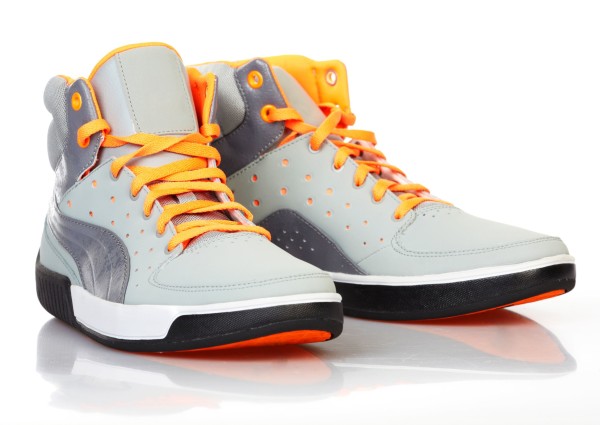A new study found that maximalist shoes – running shoes designed with extra cushion to alleviate impact stress – could actually set you up for injury, contrary to manufacturer claims.
We’ve talked about minimalist shoes on the blog before, but we’ve never really looked at the opposite side of the spectrum. Where minimalist shoes are designed with minimum cushioning to help runners transition to a forefoot running technique, and to keep a person lighter on their feet, maximalist shoes are designed to protect a runner from injury by giving them loads of extra padding. But that too can lead to injury, said Dr. Irene Davis, who decided to look at the science behind the footwear.
“Cushioning lulls you into thinking you can slam your foot down,” said Davis.
Davis added that minimalist shoes underwent a similar type of misinformation and scrutiny when they first became popular. David said people were eager to try the new shoes, but they weren’t used to the new shoes, and they tried to transition too quickly, which led to injuries.
“It’s really put a bad spin on the minimalist shoe movement,” Dr Davis said.
Maximalist Shoe Study
For their study, Davis and co-author Matthew Ruder, MS, decided to see how much pressure runners would exert depending on what type of running shoe they were wearing. Investigators rounded up 14 male runners who ran at least 10 miles per week and asked them to run on a treadmill at a set pace. Runners alternated between traditional running shoes and maximalist shoes, and they were allowed to run on the treadmill for three minutes before tracking began so they could get acclimated to the footwear.
When tracking began, researchers documented numerous forces, including vertical impact peak, vertical loading rate, peak lateral force, peak medial force and a few other measurements. When comparing the two types of shoes, researchers uncovered:
- Vertical impact loading was significantly greater with maximalist shoes compared to traditional running shoes.
- Vertical instantaneous loading rate was slightly higher compared to traditional running shoes.
- Peak lateral force was slightly lower compared to traditional running shoes.
So while the maximalist shoes may offer runners more cushioning, runners are unknowingly hitting the ground with more force, which is problematic on its own, but it could cause even more problems when someone decides to switch to a less-padded footwear. That said, maximalist shoes did lessen peak lateral force, and they may certainly help some individuals. Like most topics on this blog, our advice to someone interested in maximalist shoes would be to make the transition slowly and see how your body reacts to the new footwear. A slow and gradual change can help you make the transition and stay injury free, but listen to your body. If it’s not working, or you feel pain, don’t try to force it. Stick with what works.
Related source: Medpage Today
